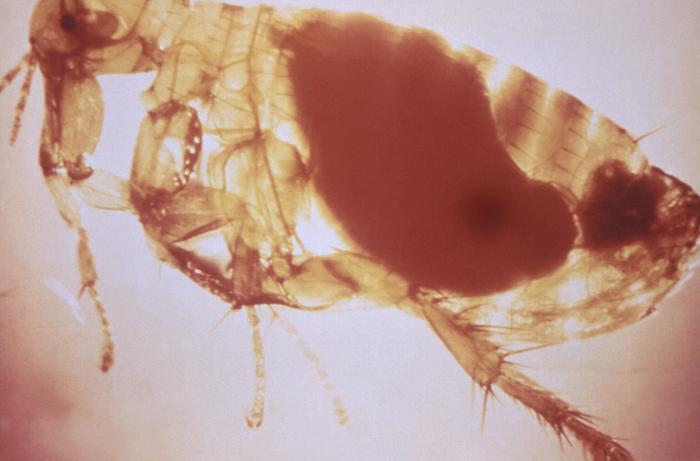In a follow-up report on a outbreak of pneumonic plague in a village near Moramanga, Madagascar, a ProMED report Saturday (computer translated) reveals there have been 12 cases of the very dangerous disease have now been reported in the village, overwhelming local physicians.

During the first two days of diagnosis, eight of the 12 patients have died.
Pneumonic plague is probably the most serious form of plague , which occurs when the bacteria infect the lungs and cause pneumonia. It is contracted when the bacteria is inhaled (primary) or develops when bubonic or septicemic plague spreads to the lungs.
Pneumonic plague is contagious and can be transmitted person to person. It is highly communicable under appropriate climate conditions, overcrowding and cool temperatures. Untreated pneumonic plague is frequently fatal as in this situation where nearly 70 percent of those infected have died.
Plague is an infectious disease caused by the bacterium, Yersinia pestis. It is found in animals throughout the world, most commonly rats but other rodents like ground squirrels, prairie dogs, chipmunks, rabbits and voles. Fleas typically serve as the vector of plague. Human cases have been linked to the domestic cats and dogs that brought infected fleas into the house.
People can also get infected through direct contact with an infected animal, through inhalation and in the case of pneumonic plague, person to person.
Yersinia pestis is treatable with antibiotics if started early enough.
Related: Congo, Madagascar top countries reporting most plague 2000-2009, US reports 57 cases
Robert Herriman is a microbiologist and the Editor-in-Chief of Outbreak News Today and the Executive Editor of The Global Dispatch
Follow @bactiman63


2 thoughts on “Madagascar sees a dozen pneumonic plague cases near Moramanga”